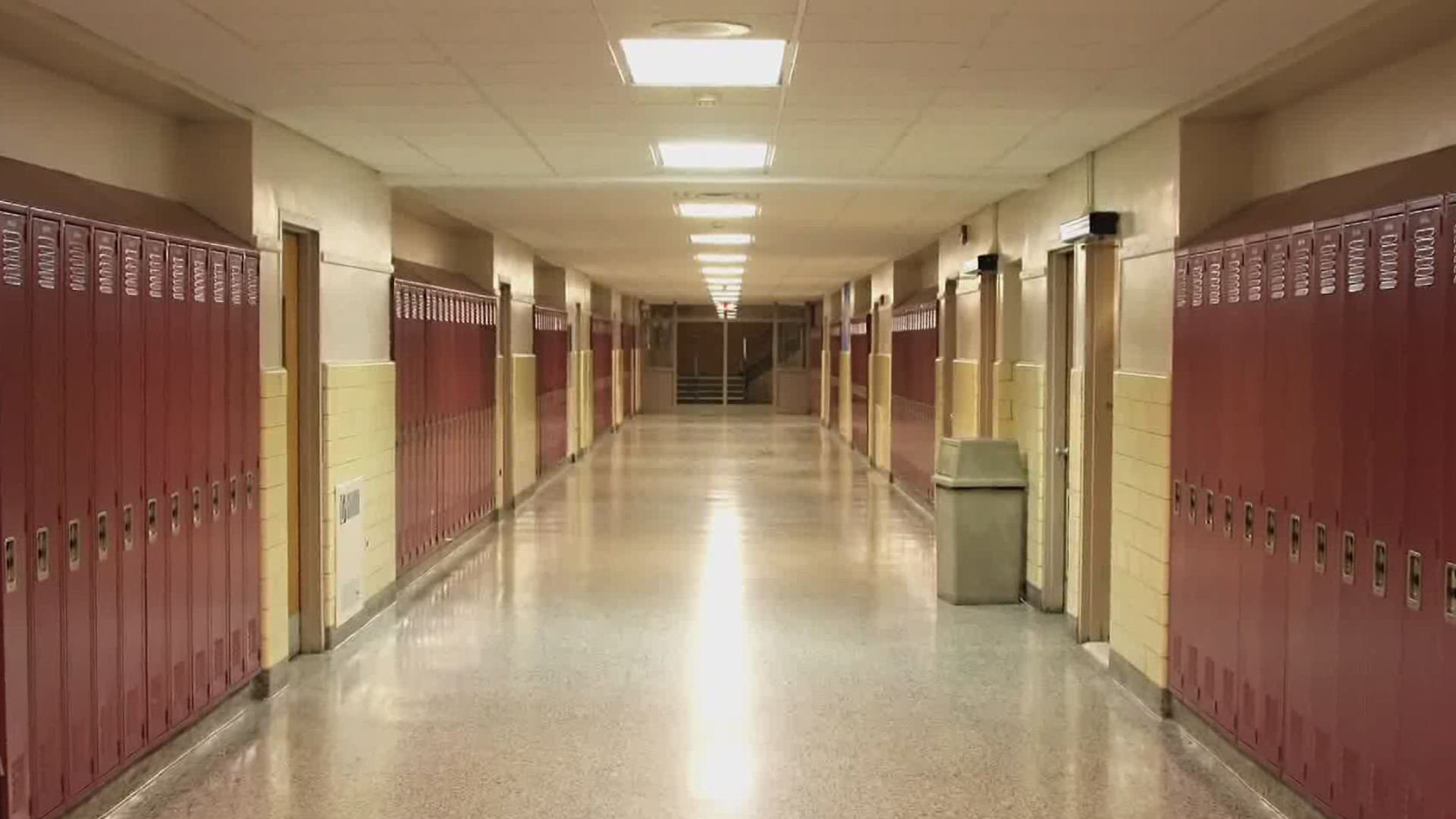ATLANTA — The Georgia Department of Education has released a set of "considerations and recommendations" for returning the state's schools to normalcy in the wake of the coronavirus pandemic.
Georgia's Path To Recovery for K-12 Schools is a document that has been focused on health and physical requirements necessary for reopening school facilities across the state.
The idea, according to the document, is to get school systems and buildings across the state prepared to deliver instruction for the upcoming 2020-2021 school year.
The document emphasizes that it is not a mandate or set of state requirements. The local school districts are being given wide latitude and authority to meet individual needs within their own communities.
The biggest issue that is faced by school systems is the rate of spread of COVID-19 within their individual communities.
School systems are being asked to coordinate with their local health departments in order to help determine the best way to move forward. School systems should, in all areas, participate in contact tracing efforts and specimen collection efforts as directed by local health officials, at least to the extent that is feasible.
RELATED: Coronavirus in Georgia for May 29
At schools in areas with a low spread of COVID-19 up to a moderate spread of the virus, these are some of the recommendations:
Social distancing efforts will have to be implemented in the schools themselves -- which will include hand-sanitizer for students and staff, limiting unnecessary congregations of students and staff, posting signage in classrooms, hallways and entranceways to communicate how to stop the spread.
Establishing a protocol for students and staff who feel ill or experience symptoms when they come to school and establishing protocol for visitors to school buildings.
There will be an increased cleaning and disinfection schedule for frequently touched surfaces on an ongoing basis. Students and staff are to be allowed to bring hand sanitizer and to wear face masks while at school, along with other appropriate PPE as desired.
Ventilation systems would have be ensured to be operating properly.
No-touch trash receptacles would have to be provided along with hand soap and hand sanitizer along with paper towels in all bathrooms, classrooms and frequently trafficked areas.
Turn off water fountains and provide bottled water or allow students and staff to bring water bottles from home.
In some school systems, screening students and staff by taking temperatures before they enter the school each day would be an ideal measure, isolating and sending home those with a temperature of 100.4 or higher.
Providing alternative cafeteria arrangements may be necessary in some school systems, including serving meals in classrooms.
In schools located in areas with a substantial spread of COVID-19, students may be limited to distance or remote learning, and the schools in those areas may remain closed.
The determination of which schools would fall into this category would come through a joint decision between the school systems and the local health departments.
The closures may fall into one of three categories -- a targeted closure, which would isolate an infected area, allowing for deep cleaning and disinfection of one or more schools; a short-term closure, which may close one or more schools for a wider deep-cleaning; or an extended closure, which may close a school building or buildings for at least 14 days.
The Department of Education emphasizes that the final decision in each case will land with the local school district, as they are most aware of what is happening in their own community.
"In partnership with the Georgia Department of Public Health, we created these guidelines to give school districts a blueprint for a safe reopening that is realistic in the K-12 setting," said Georgia State School Superintendent Richard Woods. "We have a responsibility to keep our students, teachers, school staff, and families safe and to provide the best possible education for our children."
MORE CORONAVIRUS HEADLINES |

